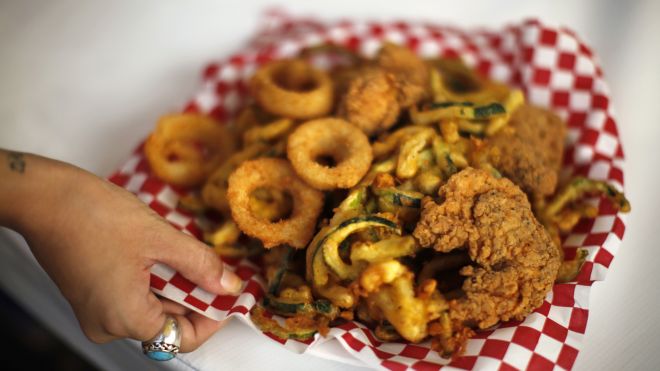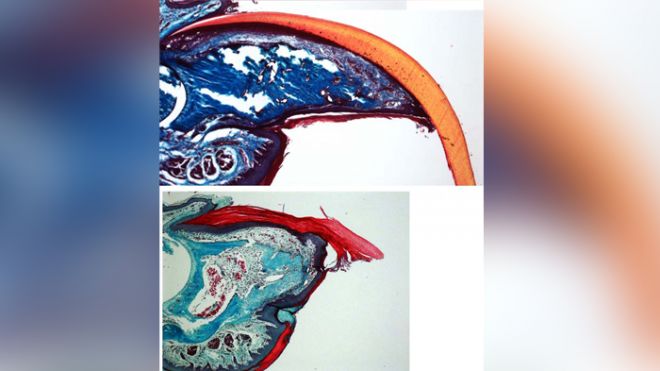
You likely haven't given much thought to your cells since high-school biology, but focusing on them might be the key to unlocking your best body ever. While most diets prioritize cutting calories and fat, the anti-inflammatory diet—Hollywood's new favorite healthy-eating plan—operates on a biochemical level.  Designed to neutralize the inflammation that occurs inside your body, the regimen offers big benefits, including a slimmer waist, a clearer mind, fewer cravings, and better skin. No surprise, then, that image-minded celebrities have taken notice: Matthew Fox followed an anti-inflammatory eating plan to get in shape for his upcoming movie World War Z. So how does it work? Eating high levels of saturated fats, trans fats, and refined sugars (read: the modern American diet) sets off a series of reactions: The “bad fat” triggers the liver to release chemicals to fight the toxins, which causes inflammation. Meanwhile, the glucose in food can't be transported to your cells while the body is inflamed, which means that your brain isn't registering the intake. The result: You're left feeling foggy, hungry, and more prone to cravings, which then restarts the cycle. “The more inflammation you have, the less efficiently you're using your calories, so you eat more and feel worse,” says Jackie Keller, the Los Angeles–based founder of the NutriFit meal-delivery service, who crafts anti-inflammatory diet plans for Channing Tatum, Penelope Cruz, and Charlize Theron. Cellular inflammation also stiffens up your arteries, causes skin breakouts, and makes you more prone to heart disease and cancer. “Because we're eating so many processed foods, inflammation is a bigger problem than ever before,” said Kristin Kirkpatrick, a registered dietitian and wellness manager at the Cleveland Clinic. “This diet is partly about what you don't eat—saturated fats, trans fats, and sugar—and a lot about what you do eat.” The focus is on unsaturated fats in fish and olive oil, plus plenty of produce, especially deeply colored fruits and vegetables, which are packed with phytonutrients that help neutralize inflammation.  Another major hallmark is a reliance on herbs and spices: Powerful compounds including quercetin in garlic, gingerol in ginger, cinnamaldehyde in cinnamon, and curcumin in turmeric may all help fight inflammation, said Kirkpatrick. “Not all of my clients understand the science,” Keller said. “But they feel better and they find it easier to lose weight, and that's what matters. ___________________________________________________ More From Details: Elimination Diets: A Primer Why You Should Be a Meat and Potatoes Guy 8 (Surprising) Things That Make You Fat ___________________________________________________ The Anti-Inflammatory Menu Breakfast: 1 cup cooked steel-cut oats with cinnamon and 1 oz almonds. Morning Snack: 1½ cups seasonal berries with 1 cup nonfat Greek yogurt. Lunch: 4 oz baked chicken, cut into strips, mixed with 2 cups steamed or stir-fried Asian vegetables, such as bok choy and shiitake mushrooms, with garlic and ginger. Afternoon Snack: 1 cup fresh cherries or 1 cup cherry juice. Dinner: 6 oz grilled fresh trout seasoned with curry powder (which includes turmeric), 2 cups dark-green vegetables (preferably broccoli, Brussels sprouts, or kale) cooked in 2 tsp extra-virgin olive oil. Dessert: 1 oz dark chocolate.source : http://www.foxnews.com/health/2013/06/13/new-science-weight-loss-introducing-anti-inflammatory-diet/





